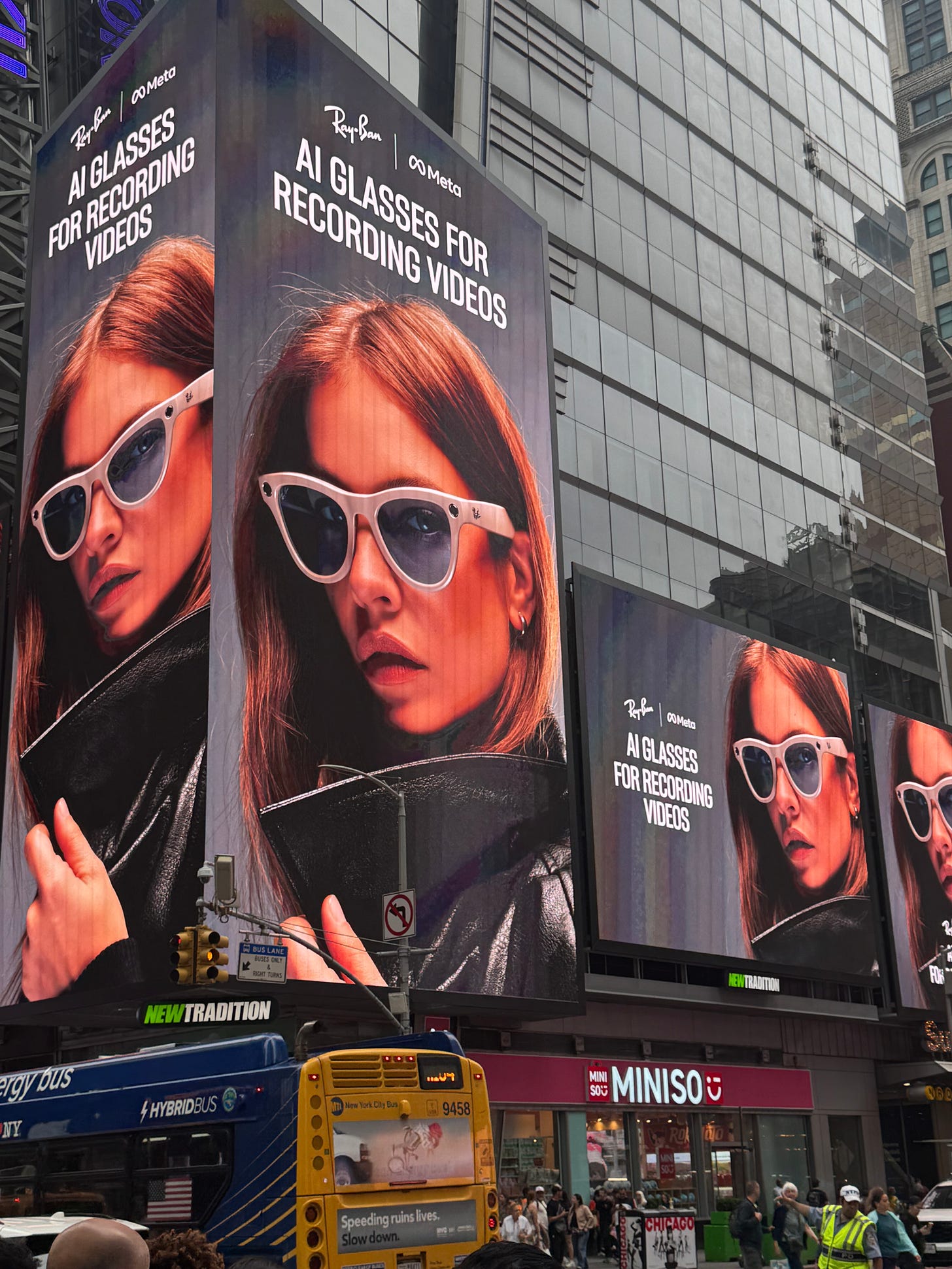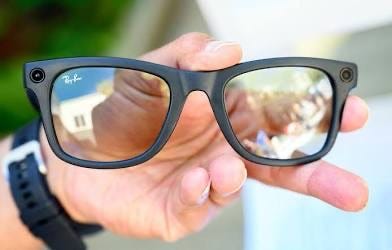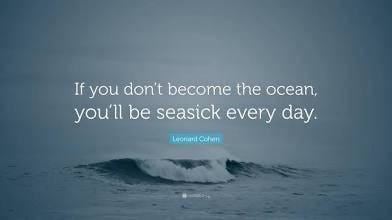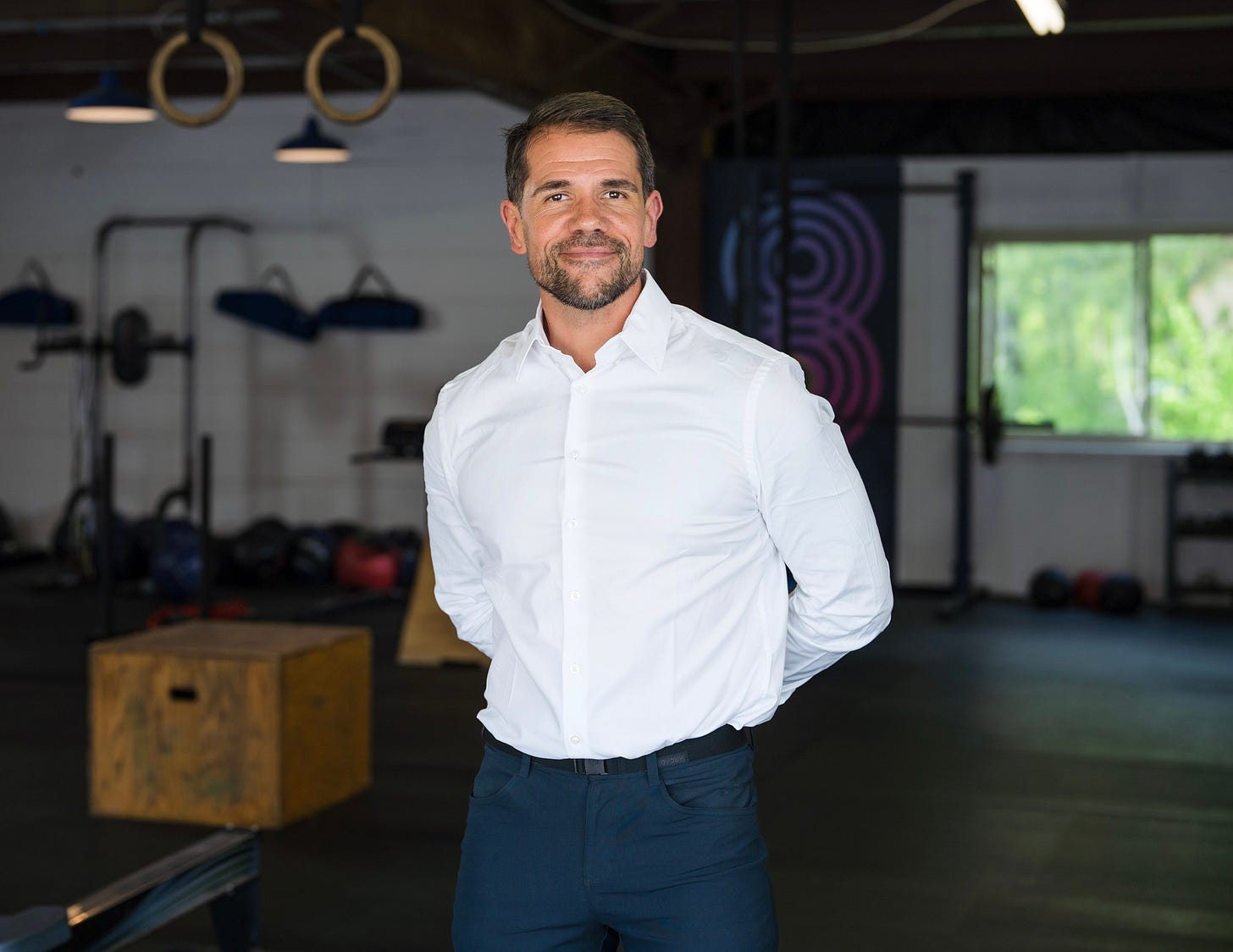Infinite Entertainment: How to Stay Human in an A.I World
I'm in New York to celebrate my birthday. It’s an annual exercise in self-reflection. How has the world changed in a year? How have I changed? And where is the intersection between our internal and external worlds?
My days are filled with social interactions of deep personal meaning. Sauna, cold plunges, strength training are mediums that I use to teach youth, families, and communities about their internal technology. The power of their body, breath, and mind. Once the day is done, however, I find myself spending more time than ever in quiet reflection at the intersection of multiple societal evolutions.
One question continually rises to the top of my mind…
Does A.I Deepen or Lessen Our Reliance on Technology? And who is “we” exactly?
I use the Internet less than ever. A.I tools have allowed me to walk away from every element of Physiology First that does not involve creativity and operating within my zone of talent.
I write on the Internet, hit publish, and walk away.
Me and my partner Nikki spend more time riding my motorcycle and exploring the White Mountains of New Hampshire these days.
The view from Times Square is slightly different…
An A.I ad in midtown Manhattan. The future of the Internet is a departure from our phones, and an introduction to the future of face-tech.
This post-Internet environment is not shared one. It's a deliberate turn at the intersection of evolution.
My most A.I savvy friends are online less than ever as well.
A.I agents perform tasks that do not require human intelligence, while humans engage in the long forgotten practice of being human, together.
Collective action driven by a sense of responsibility to something besides our social media followers…
To something real, tangible, and of archetypal importance.
A connection to the thread of our collective civilization.
This is a result of Infinite Purpose.
A deeply ingrained sense of inner knowledge regarding what you're in this world to share, innovate, and create for yourself-and for others.
We are in the process of scaling our Physiology First campuses across the globe. We have locations launching in Wisconsin, New Jersey, and Australia over the next several months.
This effort is aimed at solving the growing problem of social isolation in a pseudo-connected world, while amplifying the mental and physical health of our next generation of youth and families.
Why?
Because in my eyes the greatest problem of our time is the declining mental and physical health of our future problem solvers.
This is my path to purpose.
It didn't arise randomly.
The Purpose Equation I created is as follows:
Critical Thinking > Moral Clarity > Path to Purpose
The ability to think critically about the greatest problems of our time-problems that you could potentially help to solve with your unique blend of skills and talents-is the foundation for moral clarity.
Moral clarity is the ability to navigate the sea of complex problems and choose which one you are best positioned to help solve based on your skills and talents, in relation to your own sense of morality and code of personal integrity.
It is unlikely that you can solve many large scale social problems (not impossible, but unlikely). It is also unlikely that a path to purpose will emerge from solving no problem larger than your own-from working on nothing beyond yourself.
The illusion that self-fixation can lead to self-manifestation has been sold as a product in the market I like to refer to as pacification porn.
Endless fixation on ourselves causes one of two things-anxiety or neurosis. The rallying cry of a thousand self-help gurus who want your email on their list is to focus obsessively on yourself, as if this isn’t the definition of self-obsession.
The path to purpose is a formula we teach youth and families at our campuses to help inspire a generation to think big-and to challenge them to unlock their own potential through social entrepreneurism.
The alternatives at the intersection of artificial intelligence and human intelligence are less compelling.
Infinite Outrage: The temptation to make rage a virtue is a trap set by the lonely and professionally pissed-off to bring others into their circle of anger resulting from inaction, or ineffective action.
Writing angry Tweets or yelling slogans in the streets is not action, it's motion.
Action is applied power, as power is the ability to act.
Action changes outcomes for better or for worse.
Endless motion creates the impression of action and leaves everyone exhausted, cynical, and existentially depressed.
Strap that particular algorithm on your eyeballs and say goodbye to the last remaining contact points with reality.
When you're driven by purpose, and busy taking effective action, the rage machine appears as weak and manufactured as it is.
They say “If you aren't outraged, you aren't paying attention.” Yes, you are. You're paying attention to a solvable problem as opposed to your role in effectively solving it which can only lead to anxiety, depression, nihilism, and self-obsession. All of this gets amplified in a world of A.I driven mind manipulation in the realm of Infinite Outrage.
Infinite Jest: In 1996 David Foster Wallace wrote a sprawling literary masterpiece, Infinite Jest. It was about a film that people were compelled to watch until they died. The Entertainment is a fictional film so irresistibly pleasurable that anyone who watches it loses all desire to do anything else—eating, sleeping, socializing, even surviving—eventually leading to death by neglect.
This 1,000 page warning about the dangers of persuasive technology comes with a sense of dark irony that David might have appreciated.
As the collective attention span shrinks by the second in a world of TikTok sized content, the ability to read a 1,000 page novel the future of the attention economy becomes a cultural artifact, a long forgotten skill in a world that requires the cultivation of the art of attention more than ever.
The Future of the Attention Economy: A Brief Taste of the Internet on Your Face
Fully standalone AR glasses powered by Snap OS now host a variety of Lens-based experiences, including geosocial mini‑games (zombie chases), interactive Pong, solar-system projections, and multiplayer “Connected Lenses” that let multiple wearers interact in real time.
Proactive AI assistants embedded in AR glasses that listens to gaze, environment, and user profile to deliver bite‑sized, personalized learning—turning ordinary walks or grocery runs into moments of discovery (e.g. facts about landmarks, cooking ideas from products you look at)
Personal guides blending conversational AI with AR, enabling dialogue-like interactions in real life—imagine having virtual NPCs or assistants providing guided conversation flow or situational support as if in a game
Replika is a chatbot you can personalize as a friend, mentor, or romantic partner. Many users report deep attachments, even marriage-level bonds—but it has also sparked concerns over emotional dependency, privacy, and instances of inappropriate behavior from the bot.
Platforms like Nomi, Blush, Candy.ai, and Kupid.ai offer AI girlfriends or romantic partners that flirt, roleplay, and maintain persistent emotional bonds. Some users spend thousands of dollars monthly customizing these companions.
How to Stay Human in a World of Artificial Intelligence: 3 Simple Steps
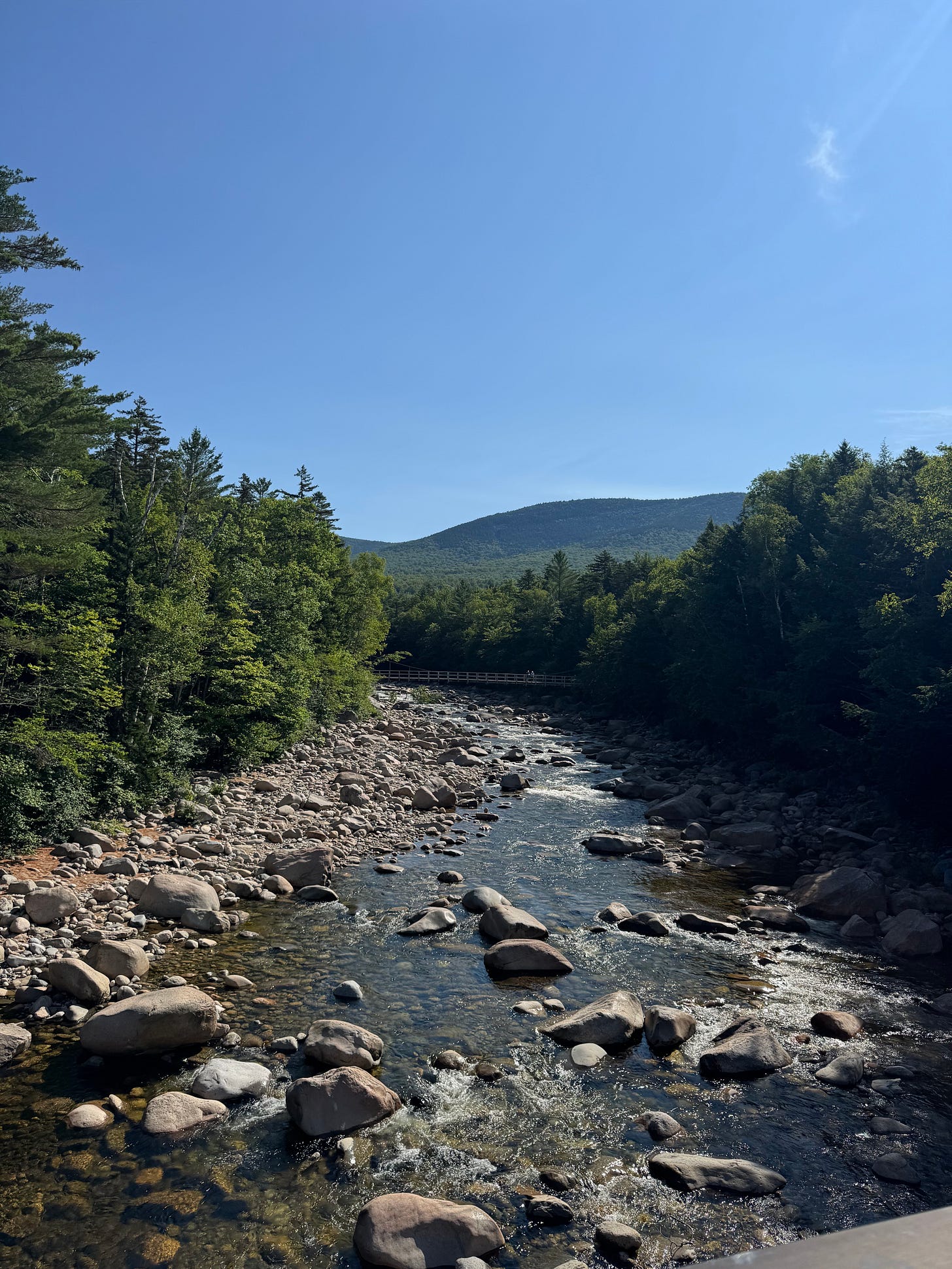
Step One: Treat Your Attention as a Currency
“What we focus on, we become.” ~ Stanley Jones
As technology becomes exponentially more persuasive, attention becomes exponentially more expensive. Invest yours into the cultivation of deep human relationships, spend a disproportionately greater amount of time offline than online, and ask yourself “why am I here” every time you find yourself heading out to sea on an infinite scrolling session.
The world we inhabit most becomes the real world, at least to us. As a generation gets lost in a sea of individual realities, collective problem solving serves as an anchor not only for what matters, but for what is real.
Step Two: Create a Path to Purpose - or Walk on Someone Else's for a Few Miles
If you aren't working on an important problem that makes a generational impact on the world, find someone who is. You’ll spot this person easily, as others will likely label them “obsessed.” We’ve become so detached from focus and purpose that anything other than semi-permanent distraction is labeled as obsession. As a rule of thumb, if you aren't obsessed with something, it's likely haven't found one of two things. Your mission. Or, your hammer. Your mission is what you're here to do. Your hammer is what you're here to do it with.
Listen to Adam Robinson talk about how to find your hammer.
Step Three: Give more than you take.
We weren't born to be islands unto ourselves. We were born to be the sea.
At Physiology First we spend a lot of our time giving back to our community.
We also run businesses at the leading-edge of health optimization. Businesses that leverage A.I to do things like create personalized nutrition plans based on individual biometric data, improve sleep quality based on your individual chronotype, and build the most personalized exercise programs in the world based on your unique physiology. This allows us to build a competitive and growing company while giving back to our community. If you don't find your way to a level of economic sustainability and personal wealth, the social wealth gained from giving more than we take from the collective table will always be a source of personal poverty.
I've known a lot of depressed rich people.
I've never met a depressed person who gave more than they took from the table.
The matrix of meaning is a stark alternative to the matrix of modern technology.
Either technology is a tool, or you are a tool of technology.
As the public divides between two camps-those whose primary residence is the real world, and the online world an ancillary experience, and vice versa, the path towards staying human is found by exploring the essence of our own humanity.
If deep human connection, ongoing personal growth, and the sense of striving for a better world, above and beyond yourself-and your beyond your lifetime, you're on the path.
The alternative-a world spent in a spiral of infinite jest-is always a few clicks, and a couple of algorithmic worm holes away.
Staying human in a world of machines is easy, if you're familiar with the machinery of your own humanity.
This is why we teach the next generation about their physiology, first.
It’s our path to purpose.
What's yours?
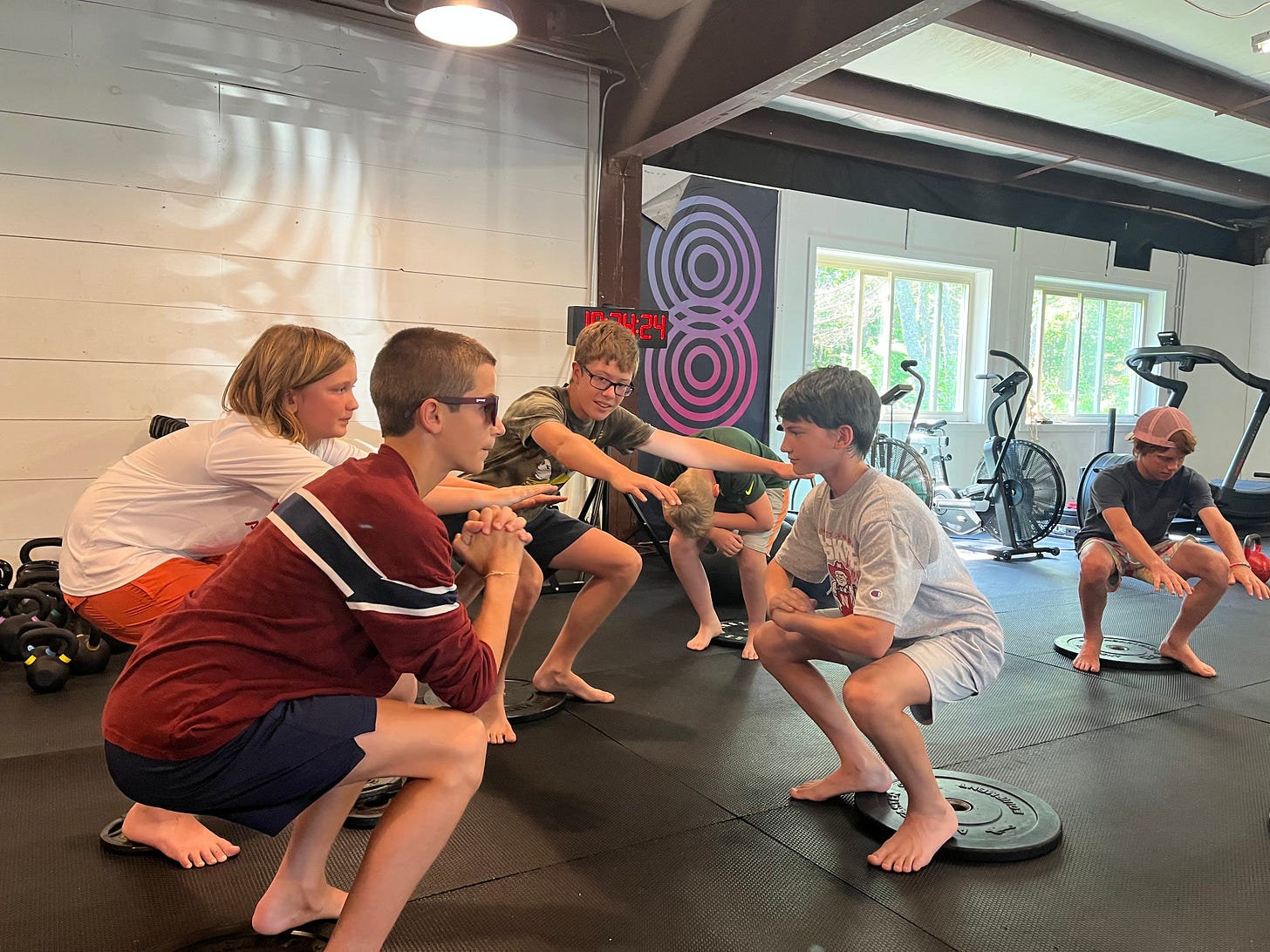
Subscribe to Physiology First on Substack for weekly articles on the intersection of technology, physiology, and the future of human potential.





